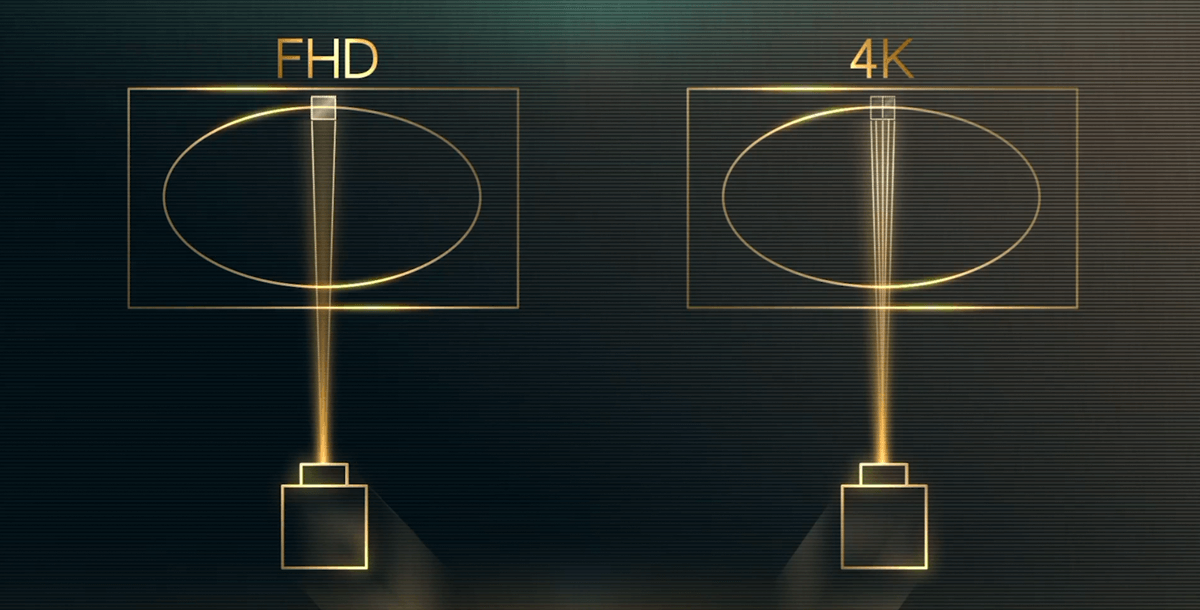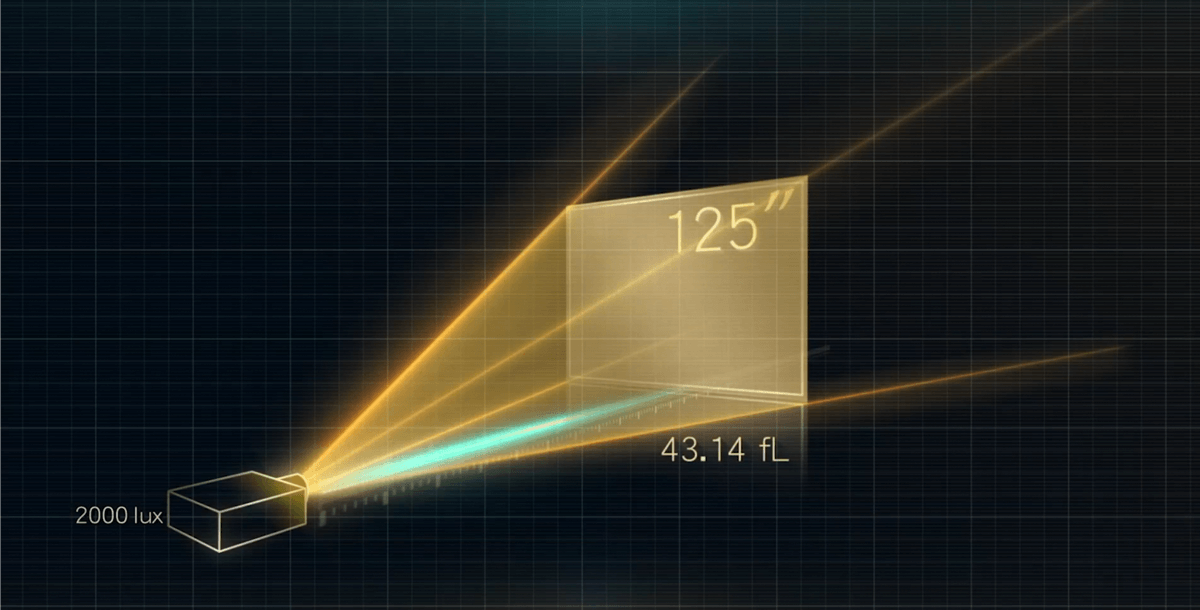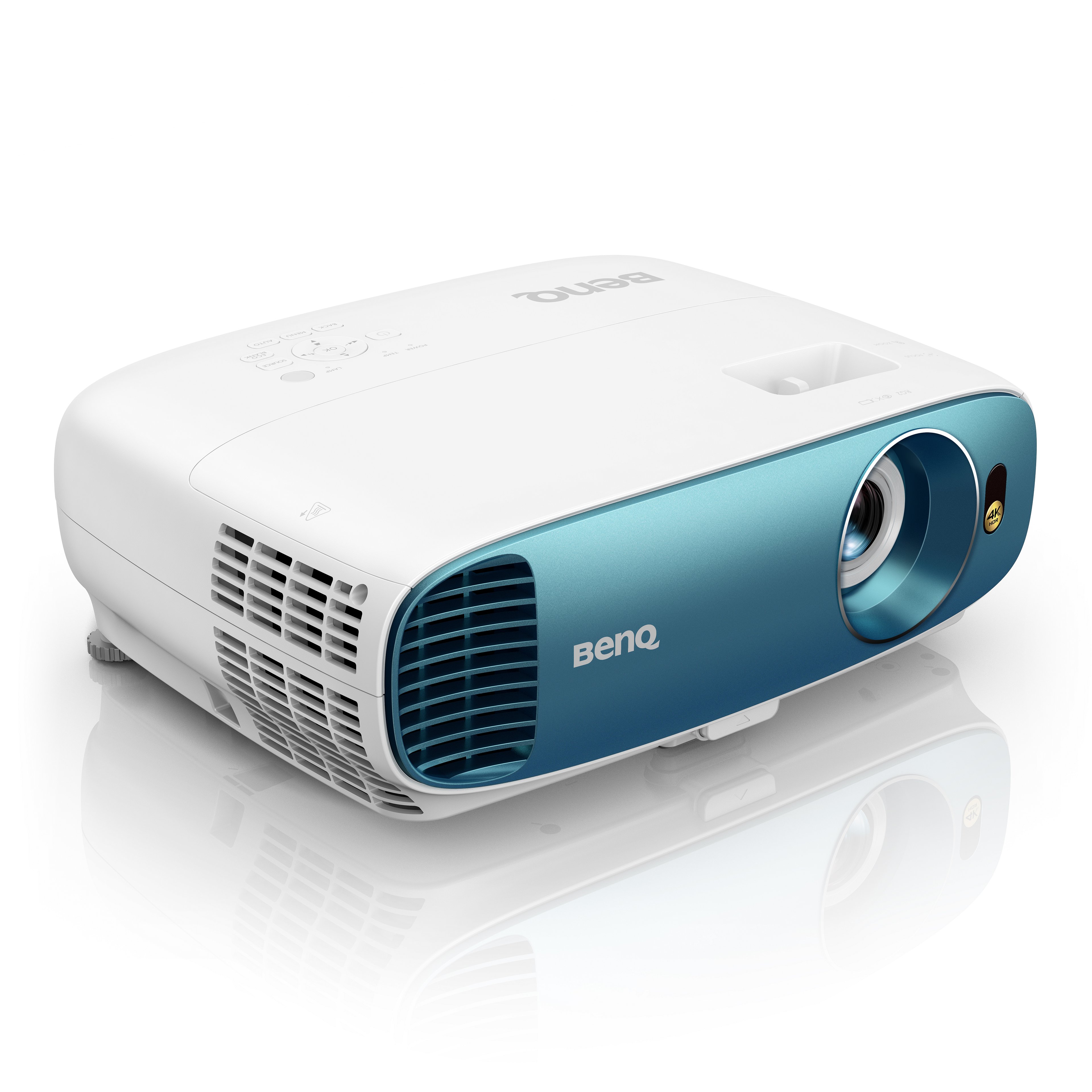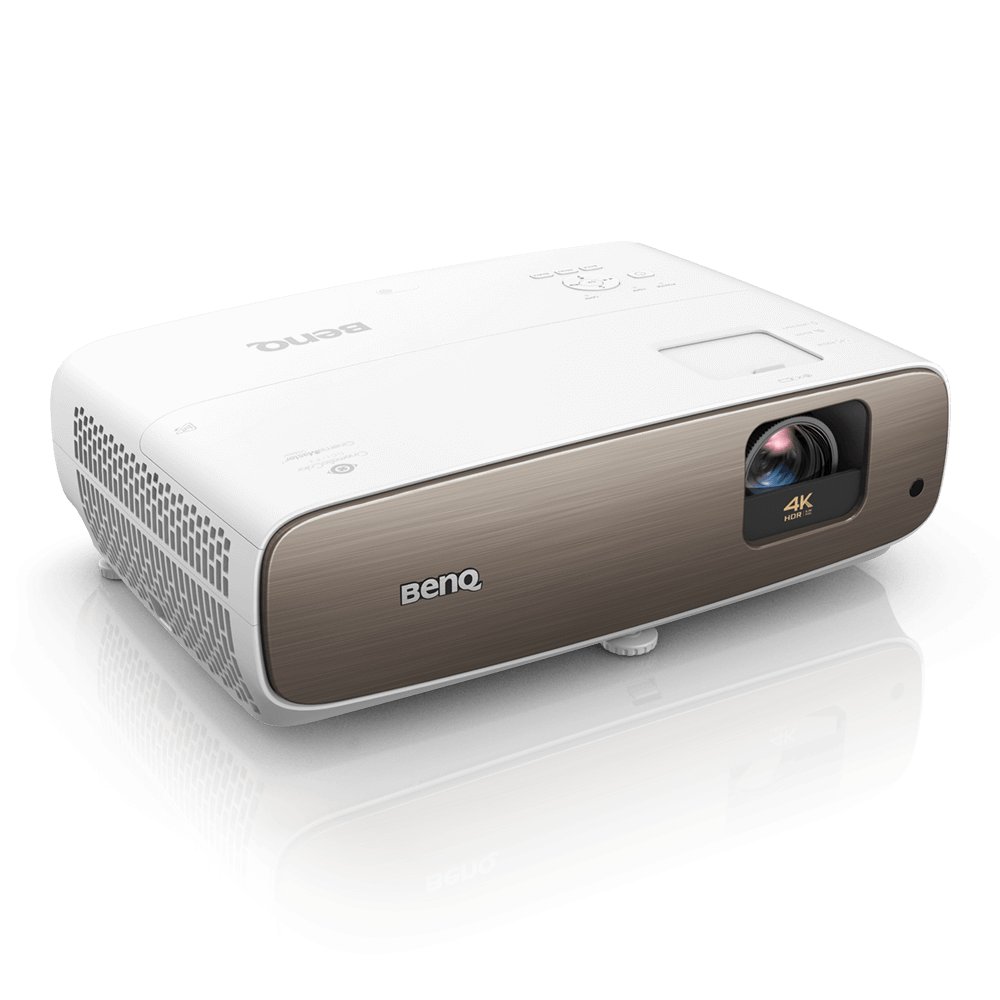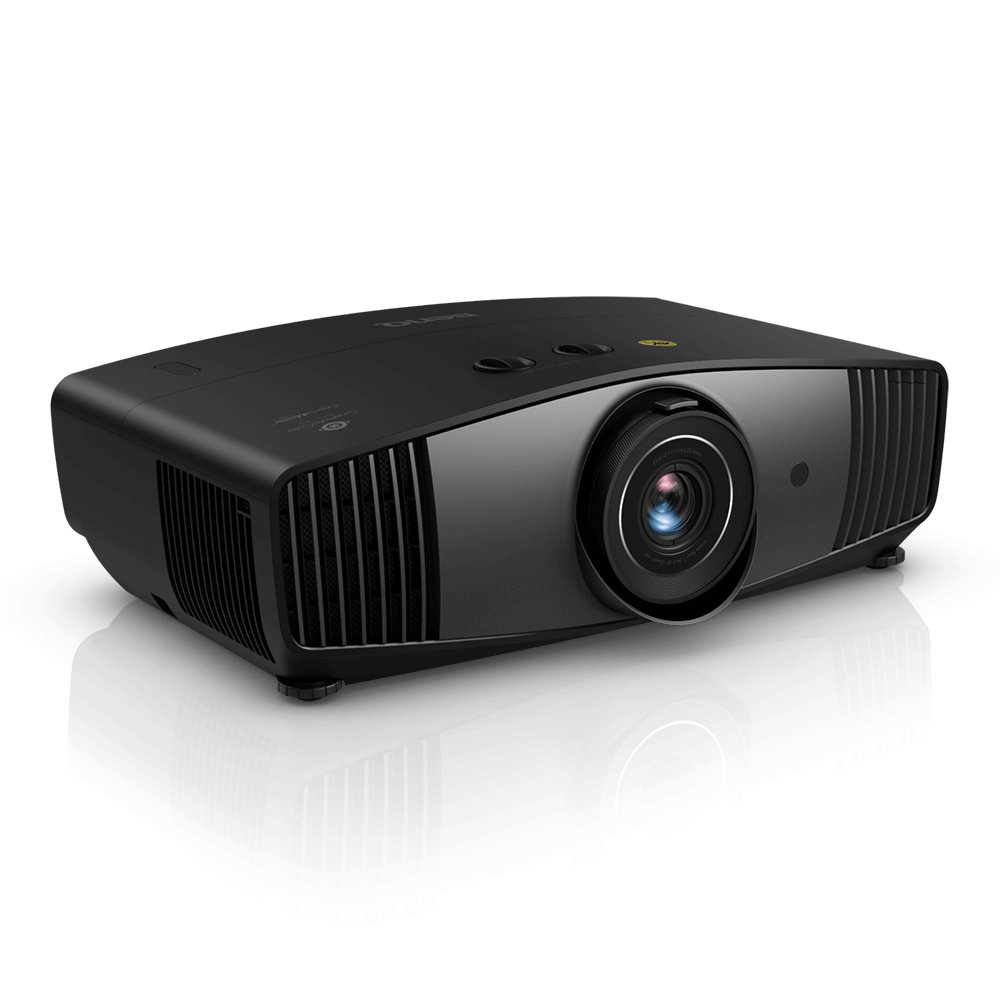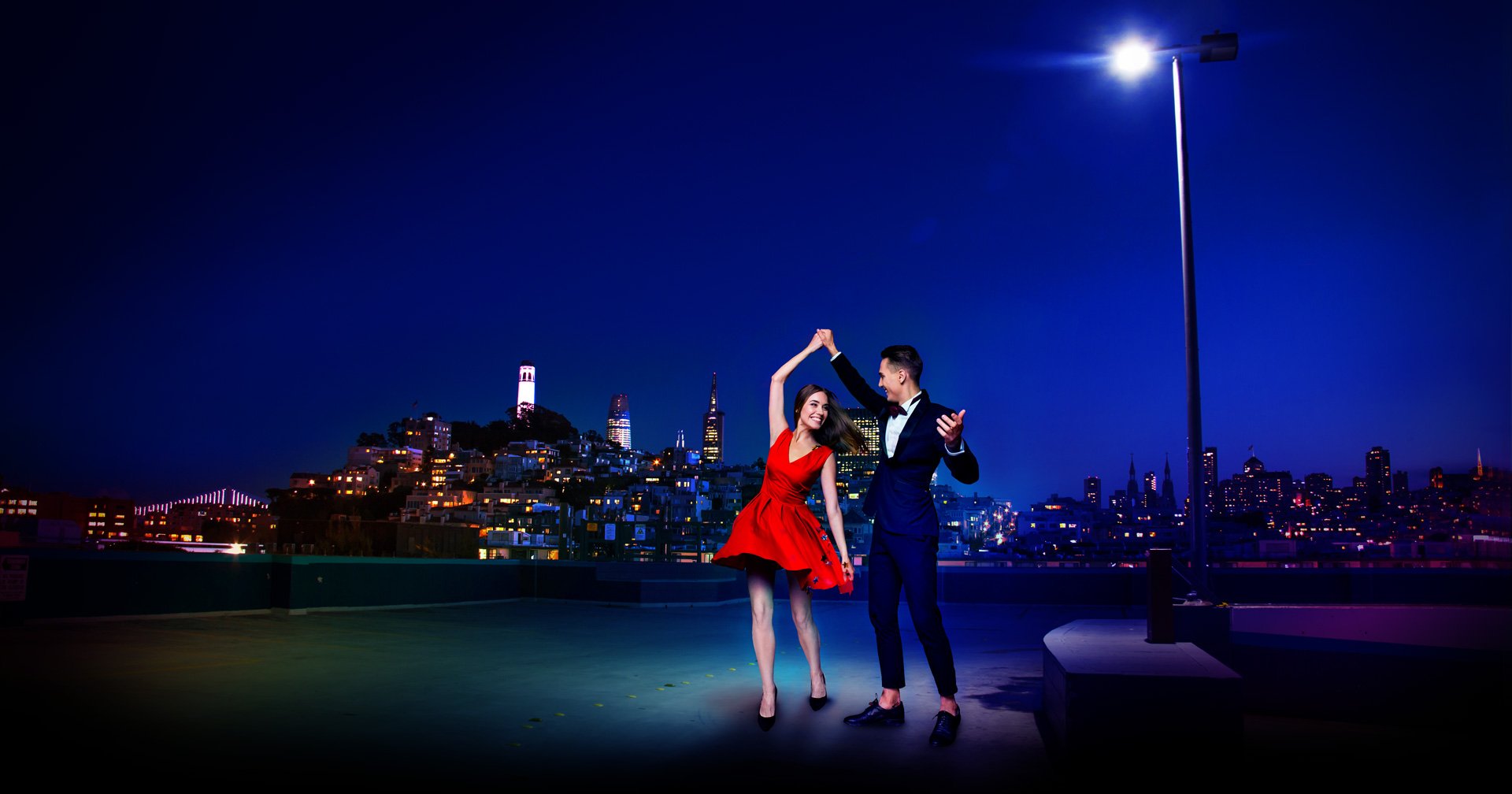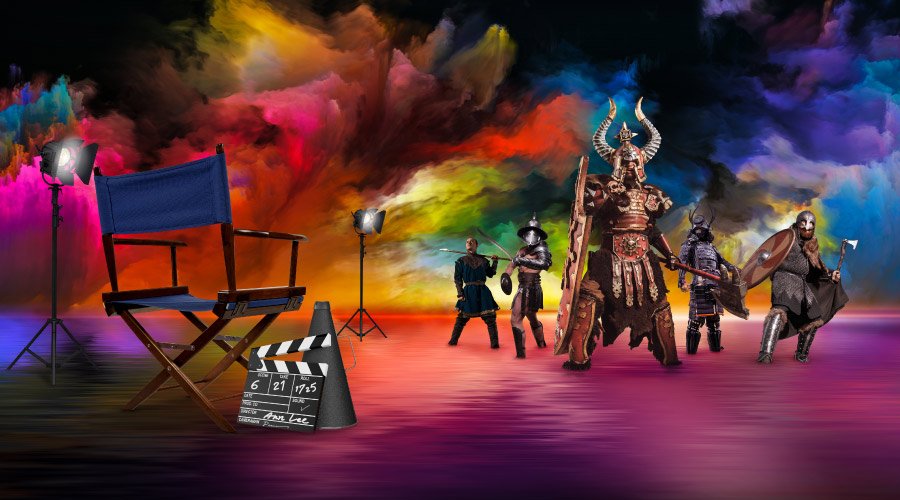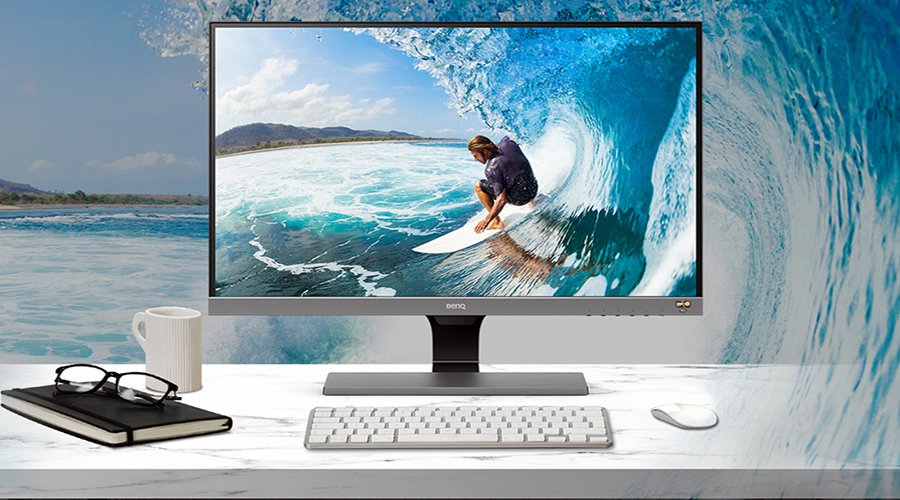Brightness for Every Situation
Lumens is a measurement of the amount of light emitted from a source, like a light bulb. More lumens mean brighter light and fewer lumens means dimmer light. This brightness specification is an important reference when selecting a projector. However, the practical meaning of projector brightness and how to choose a projector for your specific installation needs can be confusing.
It’s all about ambient light, as detailed in this BenQ Knowledge Center article. To shine light on a complicated subject, consider the headlights on your car. When you’re driving at night with your headlights on, you can see the luminous intensity of the beams (and even the beams themselves if you mix in a little fog). On the other hand, when it is midday with strong sunlight, it’s very hard to perceive the brightness even when high beams with the highest lumen output are used. You can tell a car has daytime running lights on, but they don’t have the same effect as they do when slicing through the darkness.
The same relationship exists between projector brightness and lumens of ambient lighting. If you need ambient lighting when using the projector, then a model with higher lumens will produce better results. If you’d like to watch movies using a projector on a 100 to 120-inch screen in a dark room, around 2,000 lumens of projection brightness is ideal. In fact, the ideal brightness range for cinema is 12-22 foot-Lamberts, according to the Society of Motion Picture & Television Engineers, even at a 150 inch projection size, the lumens rating of our projectors is more than enough to achieve ideal brightness. If you need to turn on ambient lighting like floor lamps or wall sconces, or if there are bright light sources in the room, a projector with 3,000 lumens or more will display clear images.



